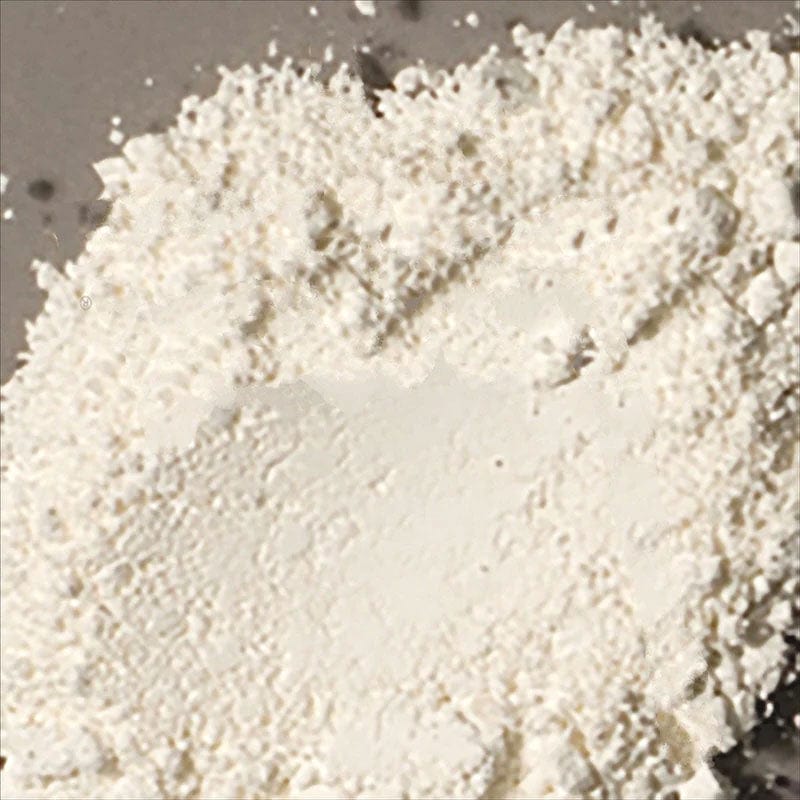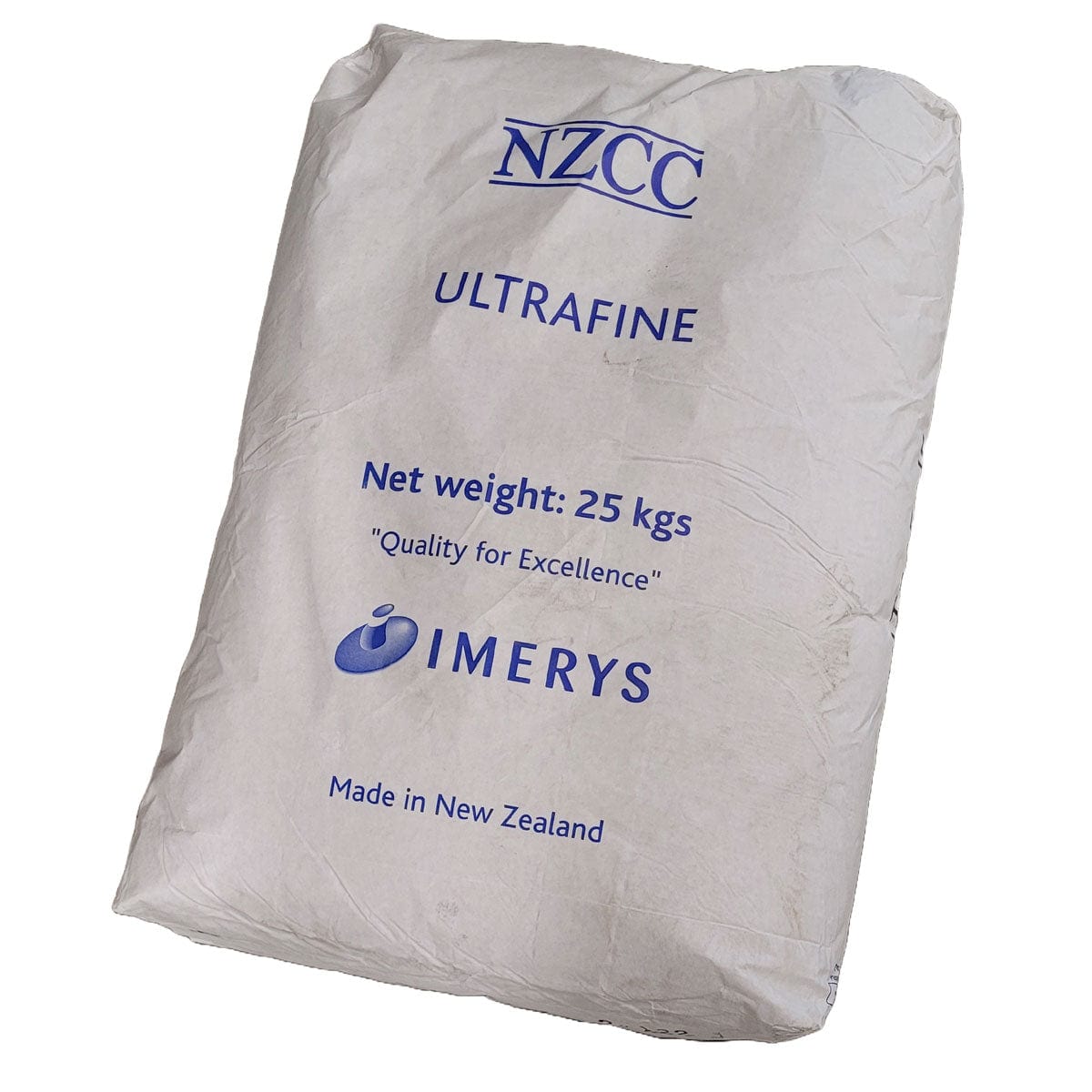Kaolin, New Zealand Halloysite
- Regular Price
- $30.70
- Sale Price
- $30.70
- Regular Price
- Unit Price
- Translation missing: en.general.accessibility.unit_price_separator
Thought to be the whitest globally available clay in the world. The white primary clay deposits mined at Matauri Bay are derived from the alteration of acid volcanic rocks. The aluminosilicate feldspar minerals in the parent rhyolite have been broken down to their constituents by low-temperature hydrothermal alteration and have then reconstituted as halloysite. It has a tubular crystal structure, which is markedly different from the booklet or platelet crystal structure of kaolinite.
The company has developed a unique beneficiation process (which includes filter pressing and thus the designation PFC or Premium Filter Cake) to ensure a high degree of purity. They claim 0.1% on a 240 mesh screen. This material is exported to many parts of the world.
We have found that porcelains made using this fire a little whiter and are more translucent than with Grolleg kaolin. However, that comes at a cost. As a pure material, New Zealand Halloysite (NZK) is less plastic than pure Grolleg (being barely workable enough to wedge and roll into a slab, for example). Notwithstanding this, NZK produces a body that is noticeably stickier. Grolleg requires less plasticizer addition (e.g. bentonite) to augment plasticity. However, NZK responds especially well to VeeGum (or similar highly refined smectites and hectorites) to create highly plastic, yet very white-burning porcelains. But NZK will produce a significantly less vitreous body because it comes closer to the theoretical A12O2:2SiO2 chemistry (Grolleg contains significant KNaO). That means, for example, that a cone 10 porcelain having near 50% kaolin will need 5-10% more feldspar, that will need to come at the expense of the kaolin. That will, in turn, necessitate an increase in white plasticizer (thereby increasing body cost).
This kaolin is also ideal in glaze slurries, it suspends and dry-hardens them well and the low iron and TiO2 content mean that clear glazes will be more transparent, often significantly so. Its stickiness means more issues with agglomerates so it is important to intensely propeller mix or sieve glazes to break these up. Grolleg kaolin has a similar performance so it can be substituted into most recipes.


